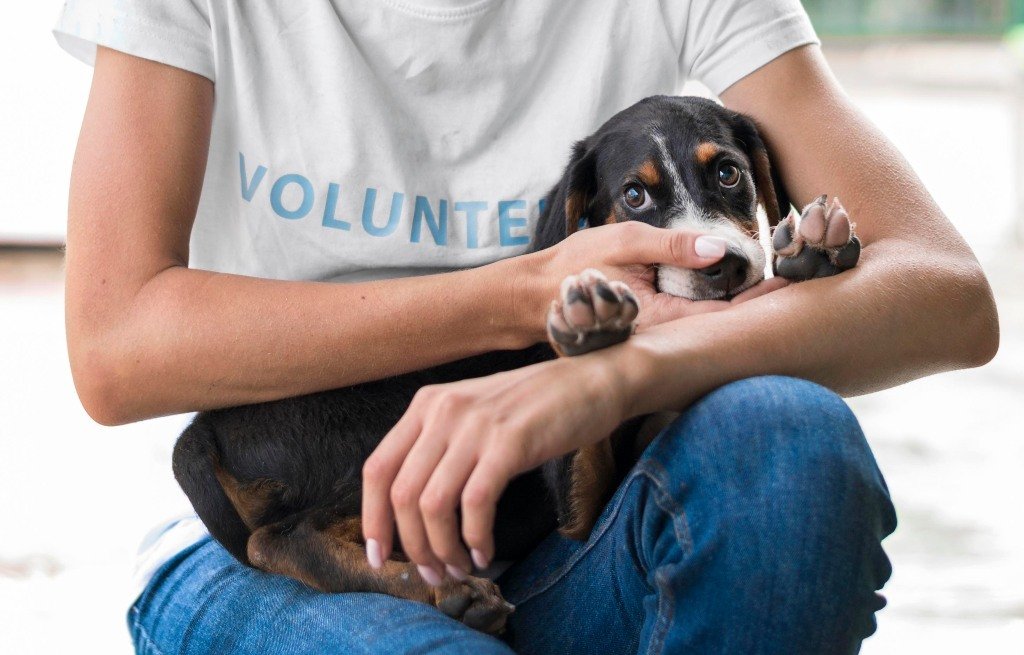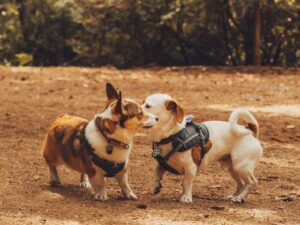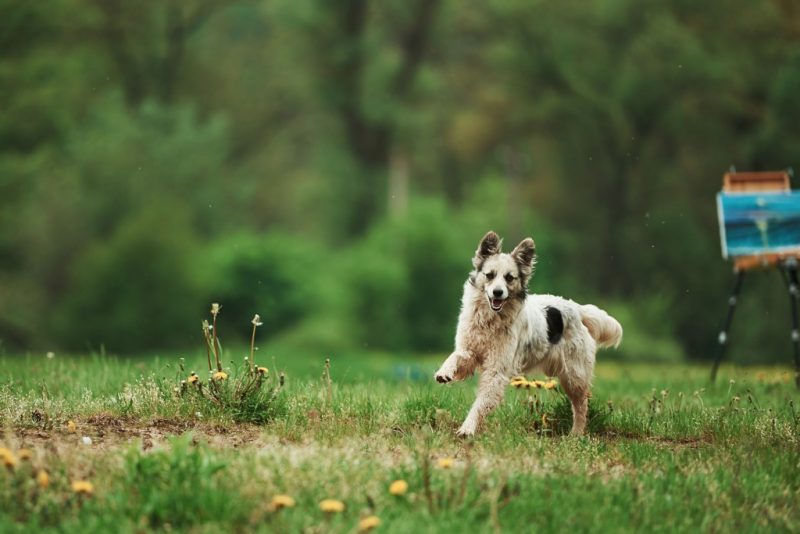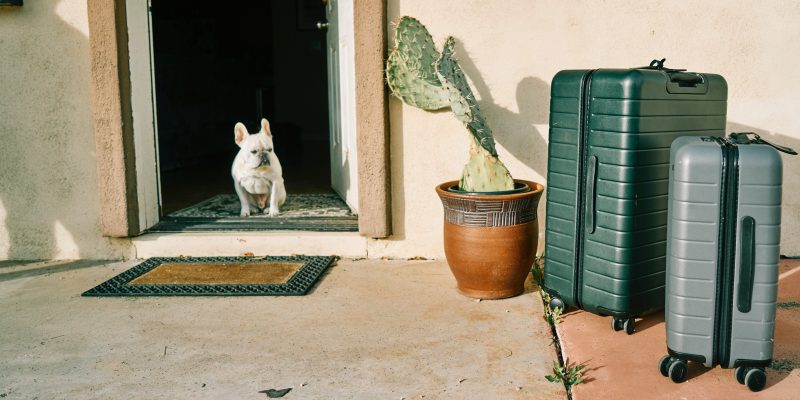There will always be some level of uncertainty around how rescue dogs will act after adoption. Behaviours that frequently only surface post-adoption include: separation anxiety or separation-related behaviour, reactivity towards people or other dogs and resource guarding. While it can take several weeks for a dog to settle in their new home, and several months for the dog to fully adapt to their environment, early intervention to any serious behaviour problems is crucial.
There are three main avenues of support if you’re struggling with rescue dog issues:
1. Talk to the Shelter or Rescue
Chatting to the adoption staff may provide insight into the cause or motivation behind your dog’s behaviour, as the staff may have seen it too. Knowing the function of problem behaviour is vital in developing an effective plan to work through it.
2. Contact an Experienced Trainer
Choose a trainer who uses rewards-based training methods to help you communicate with your dog in the most effective and ethical way.
Dog training is an unregulated industry in Australia, so when you begin your search you’ll likely be faced with a plethora of people claiming different qualifications and guaranteeing results. A good tip is to check out what marketing language they use; if you see words like ‘dominance’, ‘pack’, ‘alpha’ or ‘leadership’ it’s likely that person uses punishment-based methods which you want to avoid. The shelter or rescue staff might also recommend a trainer who they work with regularly, but do your own research to make sure you feel comfortable with the techniques the trainer uses.
If your problem is urgent, plenty of trainers are now offering online consultations which can usually be scheduled on short notice and are just as valuable as face-to-face sessions. Plus, the cost is often lower and you won’t be restricted to choosing trainers within your local area.
3. Consult with Your Veterinarian
If you haven’t done so recently, take your dog to the vet for a general health and wellness check to rule out any underlying pain or illness contributing to problem behaviour. Your general practice vet can conduct a health check, and if you’re after advice relating specifically to your dog’s behaviour you can also seek the help of a vet with qualifications in animal behaviour.
Alongside consulting with your trainer and vet, here are a few things you can do which might help:
- Provide an opportunity to “decompress”: Allow your dog to experience life in the absence of any stressors, even if they are only minor. Avoid long walks, café trips, dog park visits and introducing new things/people. The goal is to keep your dog’s environment as calm as possible so their physiological systems can recover.
- Set up a predictable routine: Dogs feel comfortable when they know what to expect in regard to social interactions, attention and general day to day activities. Dogs who have an inconsistent, unpredictable routine and a lack of control over their environment are more likely to show anxiety and fear related behaviours.
- Let them sniff: Sniffing is a great source of mental exercise for dogs and can be highly therapeutic for those who are easily stressed. Let your dog follow their nose out on walks or try some treasure hunts with treats in the backyard.
- Provide a safe space: Make sure your dog has the opportunity to socially distance themselves whenever they need! A safe space could be a crate, kennel or corner of the room where no humans (especially kids) are allowed to touch or interact with the dog.
Remember, It’s Not Your Fault There are Rescue Dog Issues
Even if a dog has no prior history of mistreatment, was well-cared for in the shelter and has been placed in a great home, there’s still a chance that serious behaviour problems can emerge. Causes of anxious, fearful and aggressive behaviours are usually complex and multifaceted – these problems are definitely not a reflection on you or your ability to raise a dog.
Teaching your dog new coping strategies and helping them work through their fears can be time-consuming and emotionally draining, but seeing progress in the process makes it all worth it. However, you should consider what your dog needs in terms of support and weigh this up against what you can realistically offer. If you don’t have the resources (consider time, money and mental resilience) to provide proper assistance, the best decision for the welfare of the dog may be to return it to the shelter or rescue. While this can be a really difficult choice to make it might mean the dog has a better chance at a happier and stress-free life.
For more help with your pup, check out Scratch’s ultimate new dog guide.
Getting ready for life with a rescue dog? Get more great advice here.
Photos via FreePik








